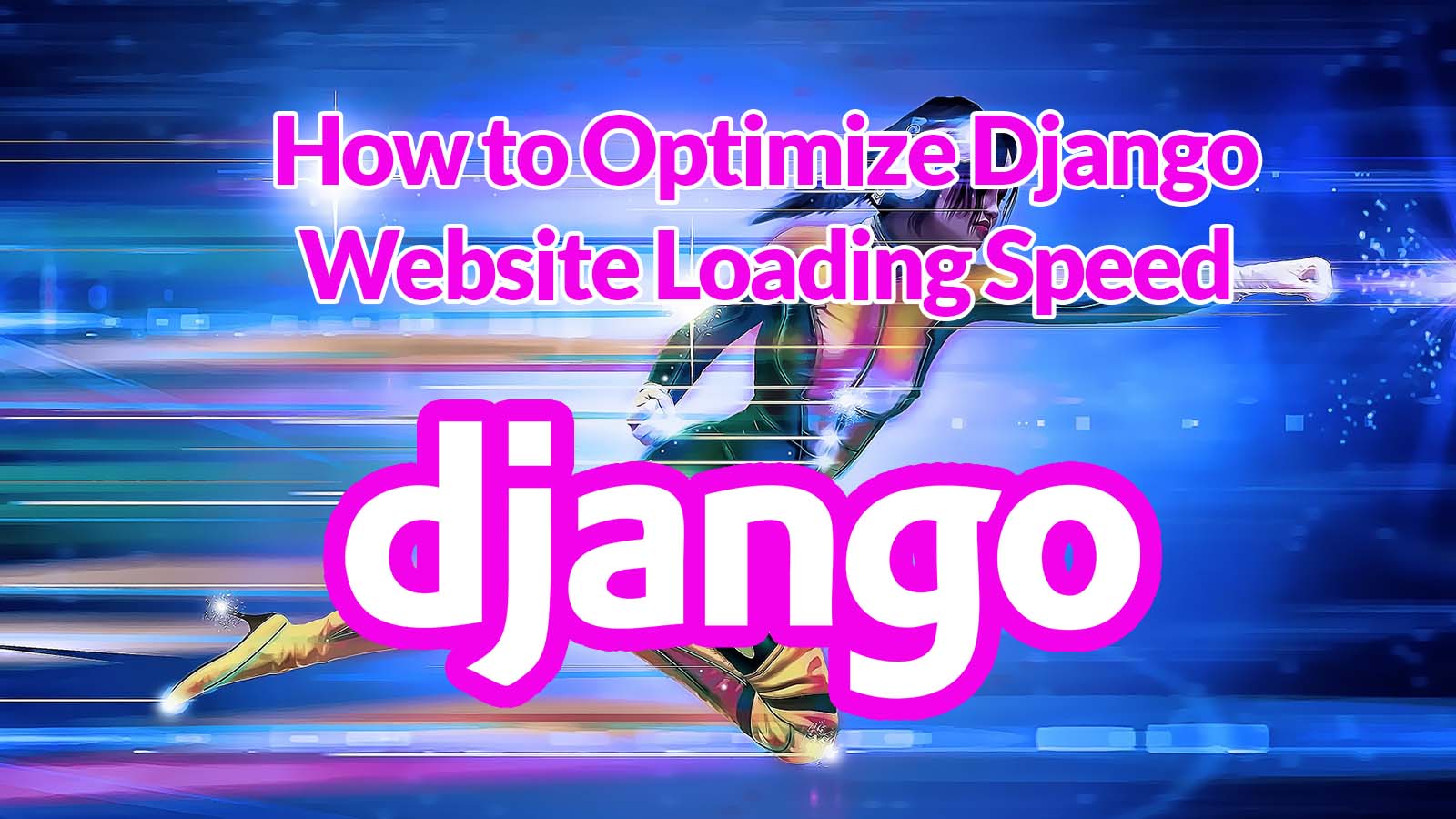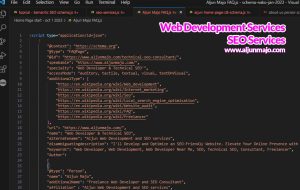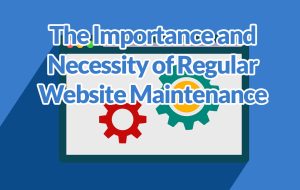13 Steps Django Website Speed Optimization

In web application development, website performance optimization is an endless yet quintessential task. One hundred milliseconds on the web can make a significant difference, and 1 second is a lifetime. Numerous studies have shown that faster website loading speeds are associated with better conversion rates, user retention, and organic traffic from search engines. Most importantly, they provide a better user experience.
In this article, I will share tips to speed up a web application and serve customers faster. In recent times, web developers have been creating more and more web-based applications, and Django is one of the most popular python-based frameworks. Django is relatively easy to use and flexible. However, this flexibility can slow down the application.
Table of Contents
- How to Optimize Django Website Loading Speed
- 1 Audit Your Website Speed using Google PageSpeed Tools
- 2 Prioritize Potential Fixes
- 3 Evaluate Your Current Hosting Provider
- 4 Consider a Content Delivery Network (CDN)
- 5 Optimize Your Images
- 6 Lazy Loading Images
- 7 Reduce Total Redirects
- 8 Compress, Compress, Compress
- 9 Capitalize on Website Caching
- 10 Generate Website Critical CSS
- 11 Minify JavaScript and CSS files
- 12 Opt for Asynchronous Loading
- 13 Choose Fewer Fonts
How to Optimize Django Website Loading Speed
A lot of the time, when people talk about how to improve website speed, they focus on front-end optimizations. However, optimizing the website hosting server, images, JavaScript and CSS files, web fonts, and a web server(running on NGINX or Litespeed) are just a few factors that can impact your website speed. Follow the steps below to improve or speed up the website loading speed.
1 Audit Your Website Speed using Google PageSpeed Tools
todos: (Content explaining about Audit your site using google pagespeed tools)
todos: Add website pagespeed tools screenshot
2 Prioritize Potential Fixes
todos: (Content explaining about Prioritize Potential Fixes)
3 Evaluate Your Current Hosting Provider
todos: (Content explaining about Evaluate Your Current Hosting Provider)
4 Consider a Content Delivery Network (CDN)
(Content explaining about Consider a Content Delivery Network (CDN))
list of the third-party optimization and CDN provider.
5 Optimize Your Images
(Content explaining about Optimize Your Images)
– Tools for optimizing images (ex. https://squoosh.app/)
– Convert images automatically (show tools)
– NOTE: create another separate tutorial(focus on optimizing images in next-gen) on how to convert images to next-gen using the NODE.JS module(applicable for Django, Laravel, Shopify, and WordPress websites)
6 Lazy Loading Images
– tools to use for lazy loading/native lazy loading or javascript (Free and premium tools)
– take note of the above and below-the-fold (can affect CLS scores on google core web vitals)
– careful with the Cumulative Layout Shift (CLS) or unexpected layout shift
7 Reduce Total Redirects
explain redirects on the web server level using apache or Nginx.
explain redirects on the web app level vs the web server level
8 Compress, Compress, Compress
setup compression on the server-side level
add screenshot
9 Capitalize on Website Caching
todos: explain how to set up server-side caching (the problem of doing this manually is how to purge programmatically or use a ready-made plugin for purging)
10 Generate Website Critical CSS
generate critical CSS atomically (node js module)
11 Minify JavaScript and CSS files
minify javascript and CSS (node js module)
12 Opt for Asynchronous Loading
13 Choose Fewer Fonts
(to be continued…)



